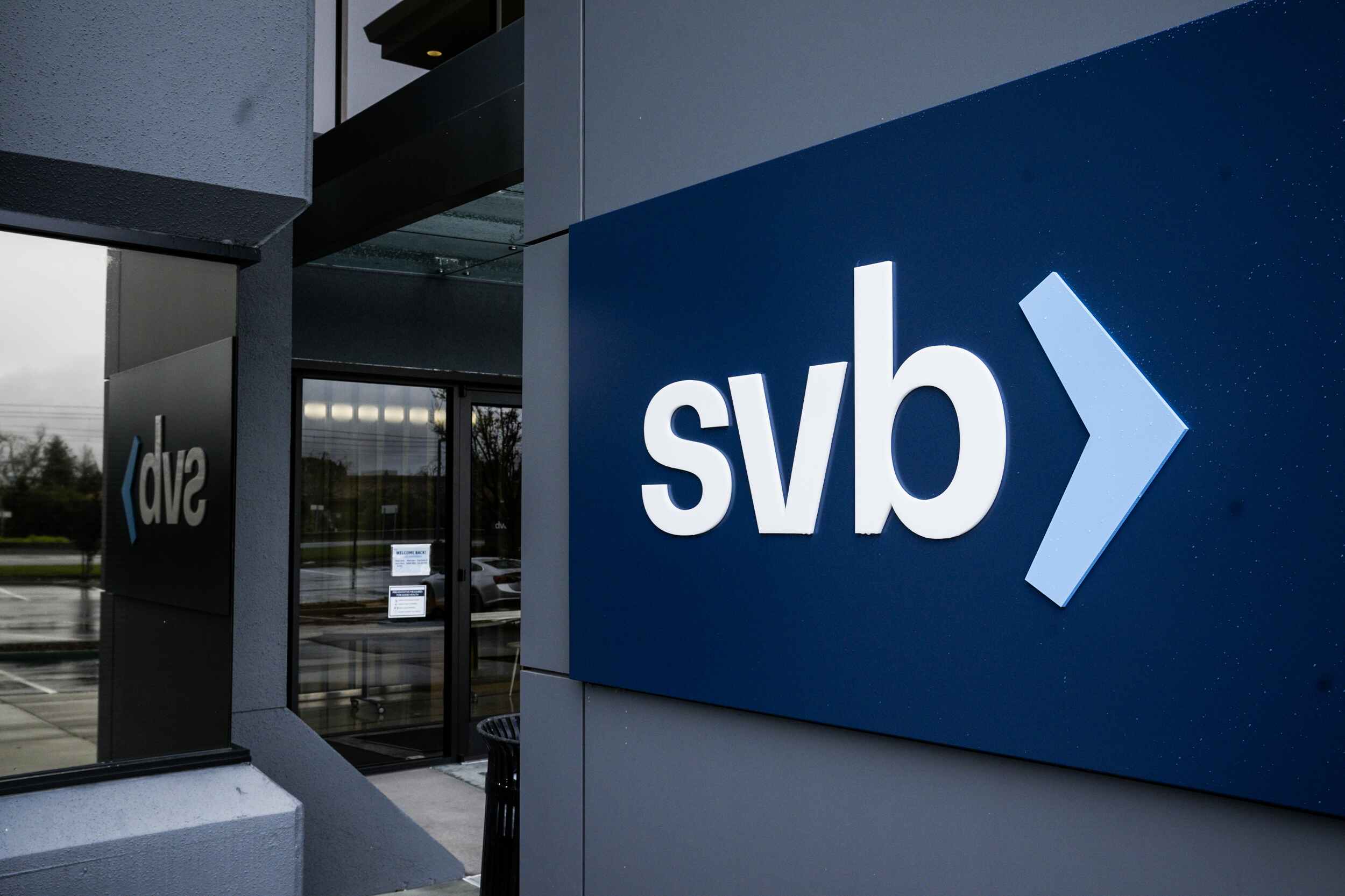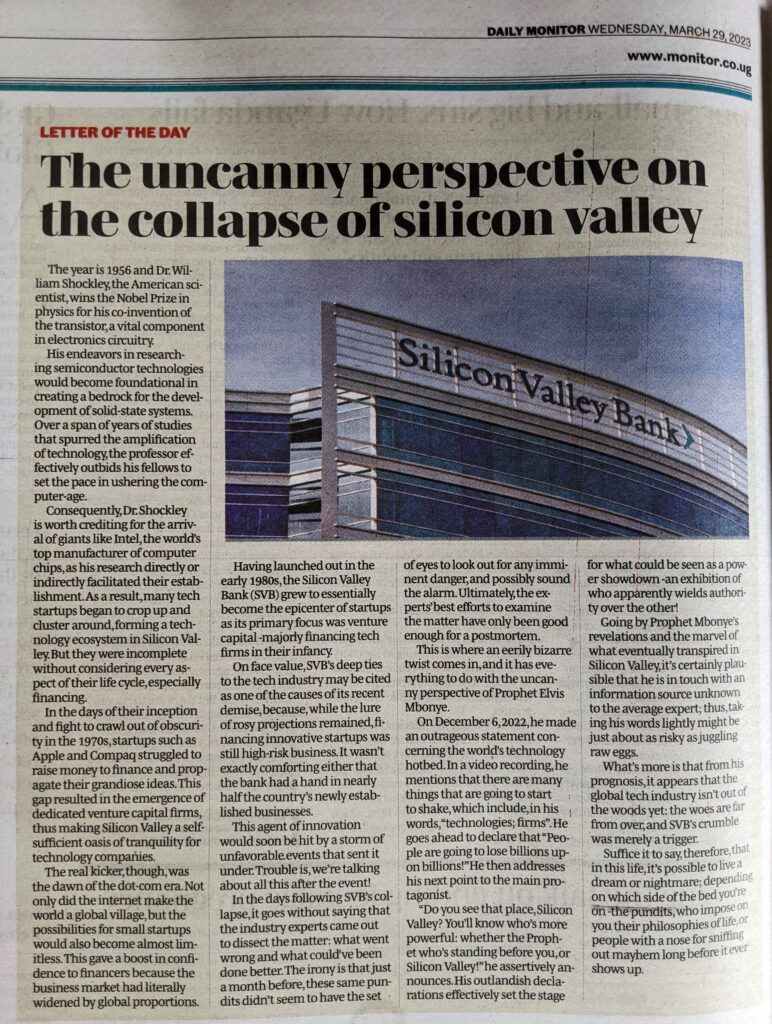The year is 1956 and Dr. William Shockley, the American scientist, wins the Nobel Prize in physics for his co-invention of the transistor, a vital component in electronics circuitry. His endeavors in researching semiconductor technologies would become foundational in creating a bedrock for the development of solid-state systems. Over a span of years of studies that spurred the amplification of technology, the professor effectively outbids his fellows to set the pace in ushering the computer-age.
Consequently, Dr. Shockley is worth crediting for the arrival of giants like Intel, the world’s top manufacturer of computer chips, as his research directly or indirectly facilitated their establishment. As a result, many tech startups began to crop up and cluster around, forming a technology ecosystem in the Silicon Valley. But they were incomplete without considering every aspect of their life cycle, especially financing.
In the days of their inception and fight to crawl out of obscurity in the 1970s, startups such as Apple and Compaq struggled to raise money to finance and propagate their grandiose ideas. This financing gap resulted in the emergence of dedicated venture capital firms, consequently making Silicon Valley a self-sufficient oasis of tranquility for technology companies.
The real kicker, though, was the dawn of the dot-com era. Not only did the internet make the world a global village, but the possibilities for small startups would also become almost limitless. This gave a boost in confidence to hedge funders and venture capitalists because then, the business market had literally widened by global proportions.
Having launched out in the early 1980s, the Silicon Valley Bank (SVB) grew to essentially become the epicenter of startups as its primary focus was venture capital—majorly financing tech firms in their stages of infancy.
On face value, SVB’s deep ties to the tech industry may be cited as one of the causes of its recent demise. Because, while the lure of rosy projections remained, financing innovative startups was still high-risk business. It wasn’t exactly comforting either that the bank had a hand in nearly half the country’s newly established businesses.

Moreover, with hundreds of billions of dollars in deposits, SVB may have become helplessly infatuated with depositors’ money and used tons of it to make some unsafe investment choices. This agent of innovation would soon be hit by a storm of unfavorable events that sent it under. Trouble is, we’re talking about all this after the event!
In the days following SVB’s collapse, it goes without saying that the industry experts came out to split hairs and tell the world what went wrong, and what could’ve been done better. The irony is that just a month ago, these same pundits didn’t seem to have the set of eyes to look out for any imminent danger and possibly sound the alarm. Ultimately, the experts’ best efforts to examine the matter have only been good enough for a postmortem. This is where an eerily bizarre twist comes in, and it has everything to do with the uncanny perspective of Prophet Elvis Mbonye.
On 6th December 2022, he makes an outrageous statement concerning the world’s technology hotbed. In a video recording, he mentions that there are many things that are going to start to shake, which include, in his words, “technologies; firms”. Elvis goes ahead to declare that “People are going to lose billions upon billions!” He then addresses his next point to the main protagonist.
“Do you see that place, Silicon Valley? You’ll know who’s more powerful: whether the Prophet who’s standing before you, or Silicon Valley!” he assertively announces. His outlandish declarations effectively set the stage for what could be seen as a power showdown—an exhibition of who apparently wields authority over the other!
Do you see that place, Silicon Valley? You’ll know who’s more powerful: whether the Prophet who’s standing before you, or Silicon Valley!
Going by Prophet Elvis’ revelations and the marvel of what eventually transpired in Silicon Valley, it’s certainly plausible that he’s in touch with an information source unknown to the average expert; thus, taking his words lightly might be just about as risky as juggling raw eggs. What’s more is that from his prognosis, it appears that the global tech industry isn’t out of the woods yet: the woes are far from over, and SVB’s crumble was merely a trigger.
Suffice it to say, therefore, that in this life, it’s possible to live a dream or nightmare; depending on which side of the bed you’re on—the pundits, who impose on you their philosophies of life, or people like Elvis with a nose for sniffing out mayhem long before it ever shows up.
This article has also featured in the Daily Monitor Op-Ed: The uncanny perspective on the collapse of Silicon Valley | Monitor

Now we know who to focus on. http://www.prophetelvis.com
What manner of Man is Prophet Elvis Mbonye?!!!
I can obviously tell,one more powerful than the silicon valley after your revelations in this superbly written piece.